The problem with the smart home is its fragmentation. Of course, we have Apple HomeKit here, but also our own solutions from Amazon, Google and others. Smaller accessory manufacturers do not integrate a single standard and even provide their own solutions. Choosing the ideal products is quite difficult, as is their complex control. The Matter standard could change that, at least as far as integration through smart TVs is concerned.
This new protocol includes a clear specification for TVs and streaming video players. This means that Matter could become another way to control the "content" in our homes. It also has the potential to replace proprietary playback systems such as Apple's AirPlay or Google's Cast, thanks to its promise of cross-platform. Amazon is very involved here, because it has no own way to transfer content from a smartphone to a TV, although it offers its smart assistant, just like the Fire TV.
The goal is for customers to have a unified way to use voice control and launch their favorite content on smart TVs, regardless of what devices they use. However, Matter TV, as the standard is nicknamed because it does not yet have an official name, is not strictly based on voice control. It is about the standardization of control itself, i.e. one protocol for the communication of all devices, when everything will be fine communicate with everything and the same language regardless of who made it.
Ultimately, this means you'll be able to use your chosen control interface (voice assistant, remote control or smartphone/tablet app) with all streaming devices and apps. You won't have to deal with which control to reach for, which phone to use for this or which device from which manufacturer to talk to.
It could be interest you
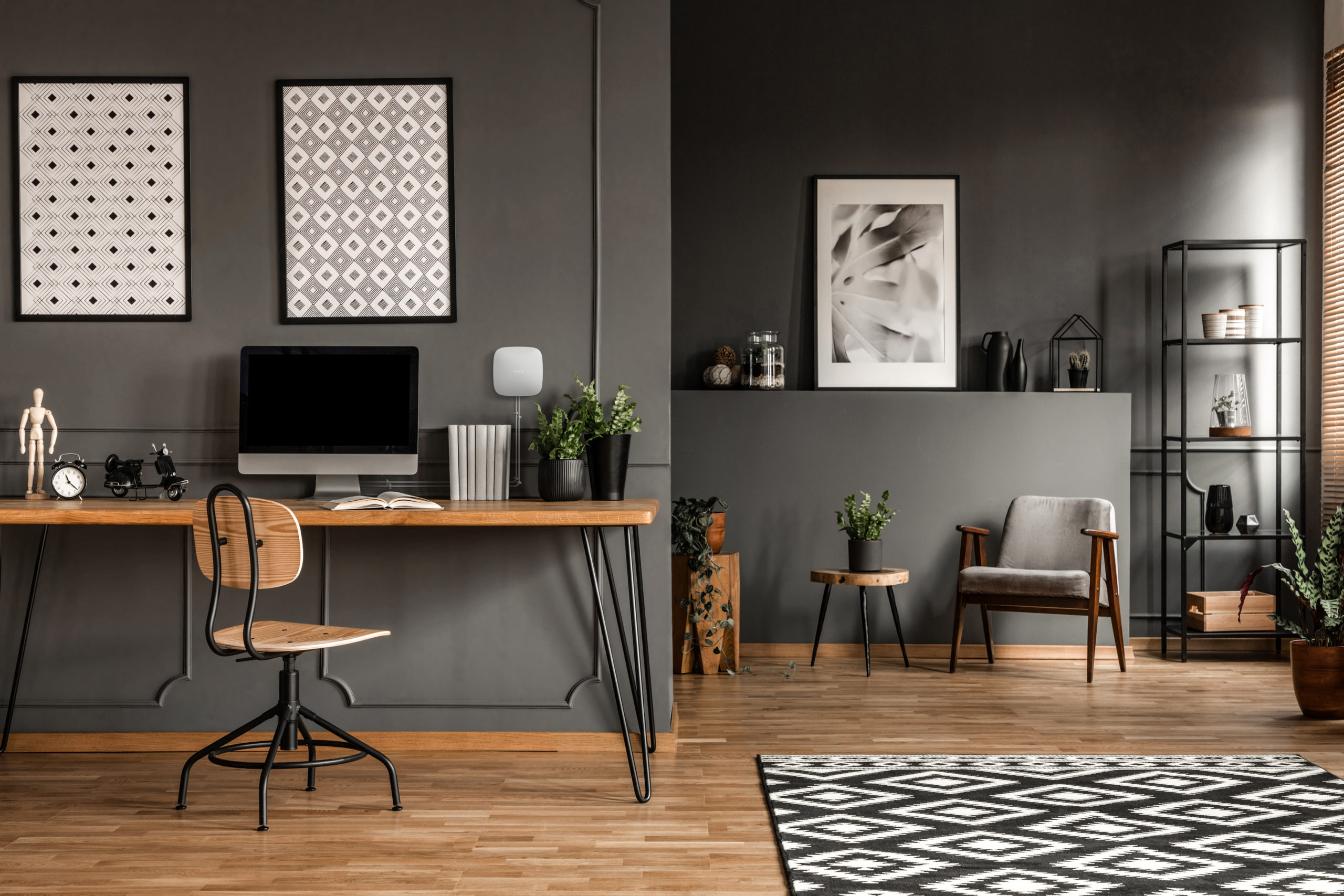
We will see you soon
Originally, Matter was supposed to arrive in some form already this year, but the first solution was finally postponed until next year. When the Matter platform itself arrives, the Matter TV specification will use app-to-app communication, at least until TVs and streaming video players become compatible with the platform. However, implementation shouldn't be a problem, as TV manufacturers are usually happy to provide anything that helps their products sell better.
The specification supports broadcasting from a Matter "client," i.e., a remote control, smart speaker, or phone app, to an app running on a TV or video player that supports the platform. URL-based broadcasting should also be supported, meaning that Matter could eventually work on those TVs for which the official app won't be available. It is important that such a TV supports the so-called Dynamic Adaptive Broadcasting (DASH), which is an international standard for streaming, or HLS DRM (HLS is a video streaming protocol developed by Apple and widely supported in Android devices and browsers).
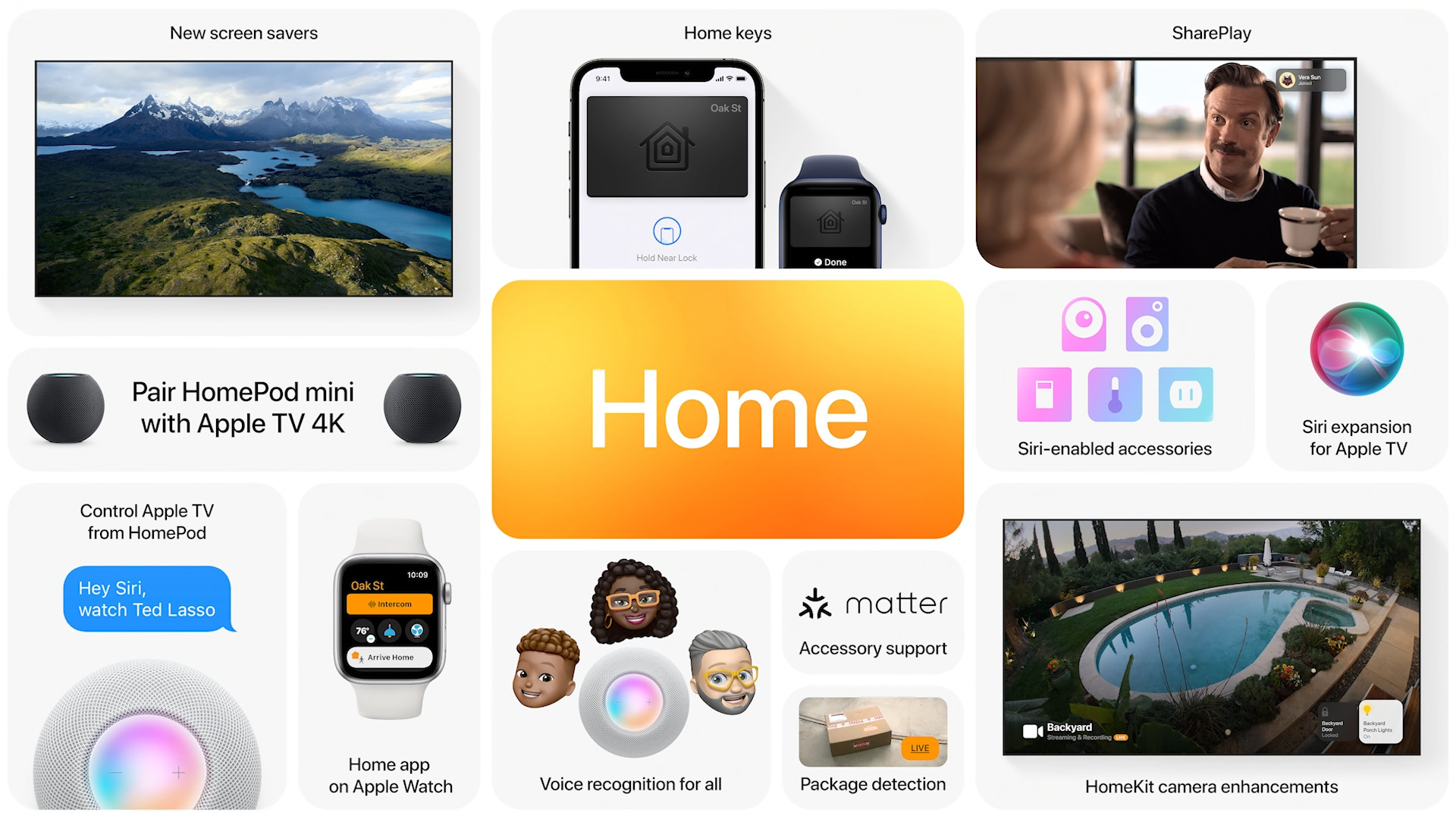
According to Chris LaPré from the Connectivity Standards Alliance (CSA), which covers this new standard, this solution could go beyond the "entertainment" that TVs offer, and users could also use it for complex notifications in a smart home. For example, it could transmit information from a connected doorbell and alert you that someone is standing at the door, which is what Apple's HomeKit can already do. However, the use is of course more and practically is not limited in any way.
It could be interest you
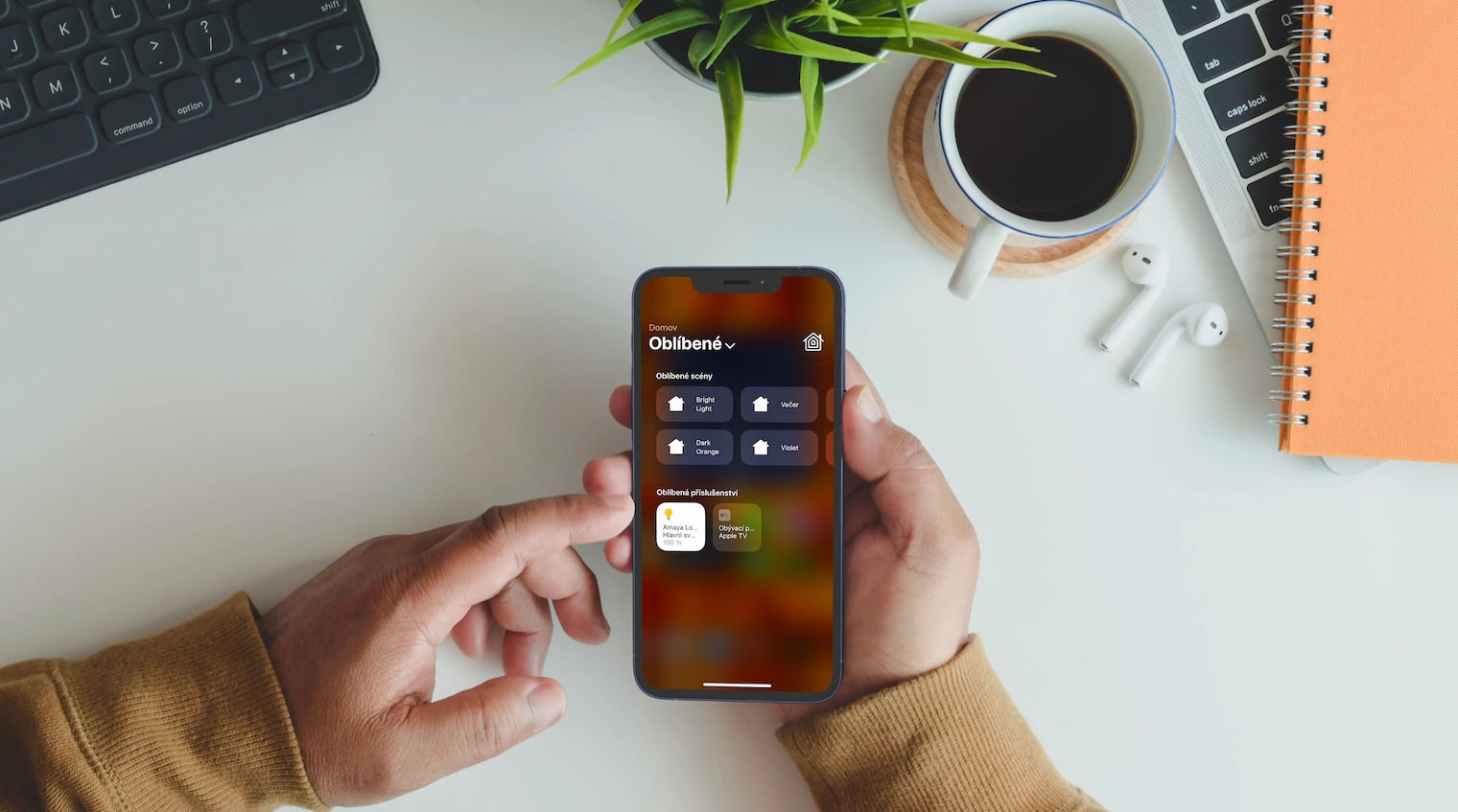
Possible complications
E.g. Hulu and Netflix are not members of the CSA yet. Since these are big streaming players, this can be a problem at first, which can cause disinterest from the large user base of these services. Apart from Amazon and its Prime Video and Google and its YouTube, few major streaming content providers are part of the CSA, which may initially discourage app developers from supporting the platform.
It could be interest you

Panasonic, Toshiba and LG are involved in the project from TV manufacturers, while Sony and Vizio, on the other hand, even offer Apple services, such as Apple TV+ or its AirPlay, but not. So the vision would be, the support practically as well. Now it just depends on when we will see the result and how it will be implemented.

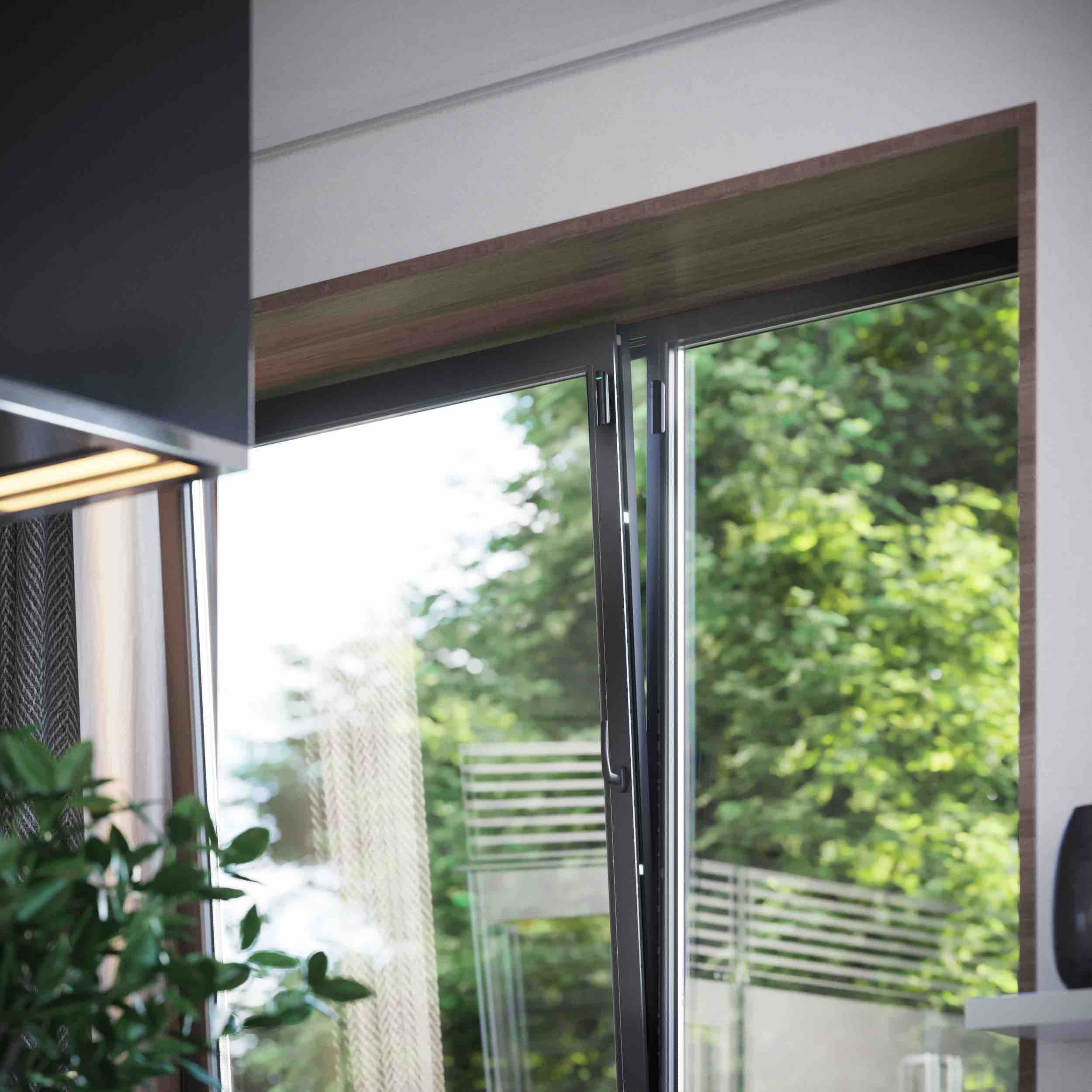

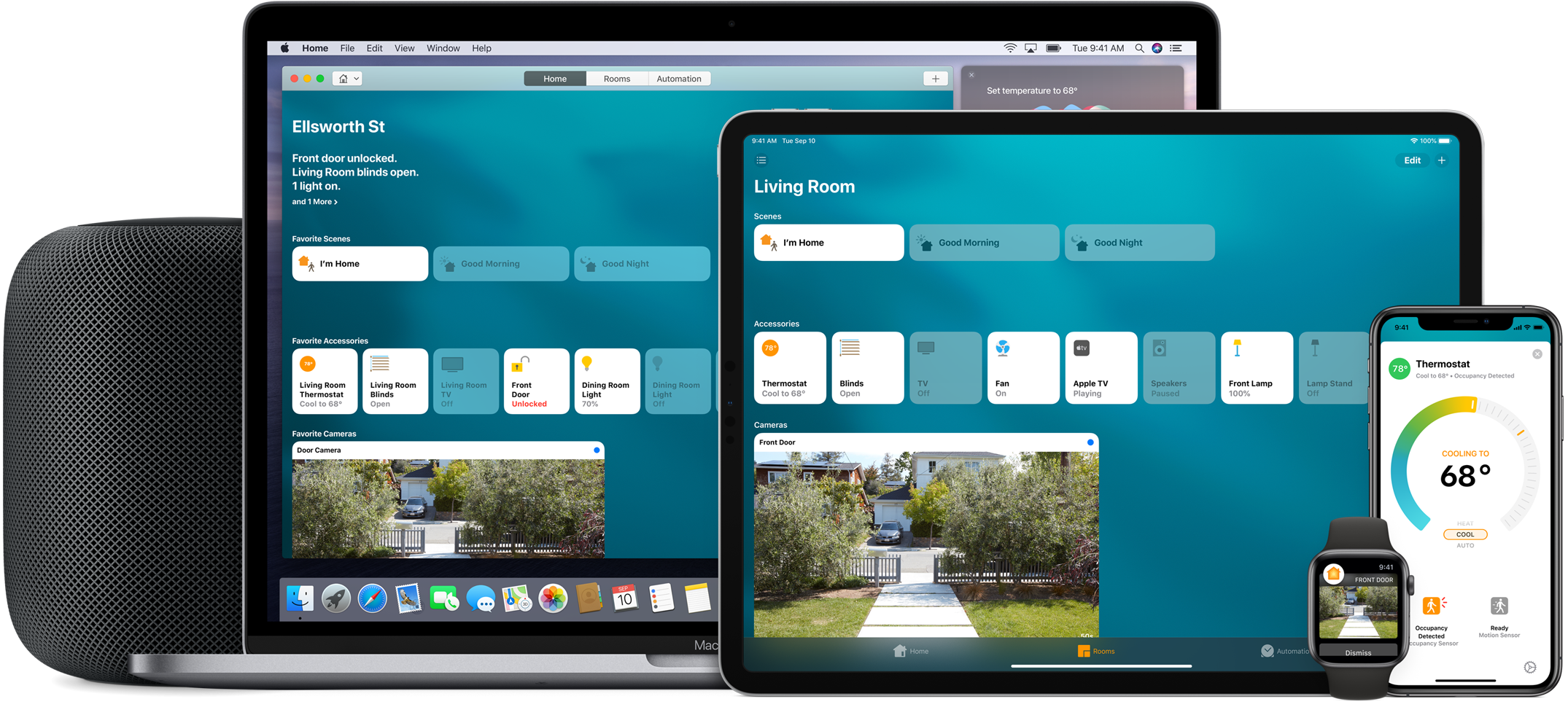
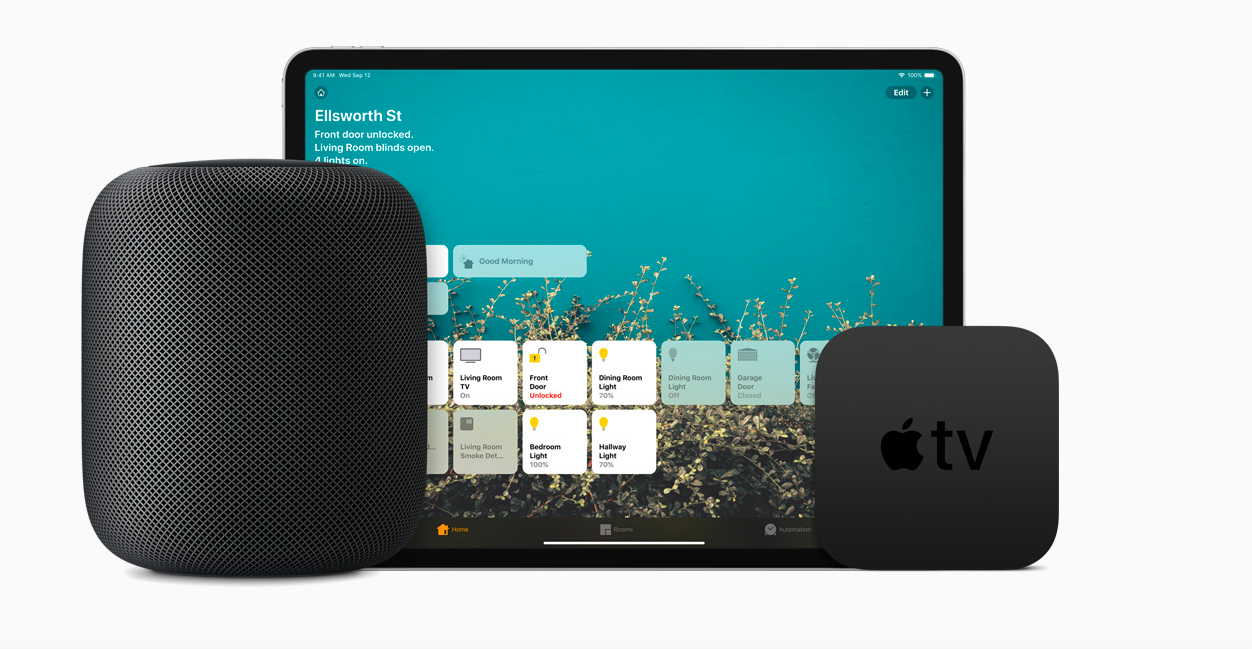
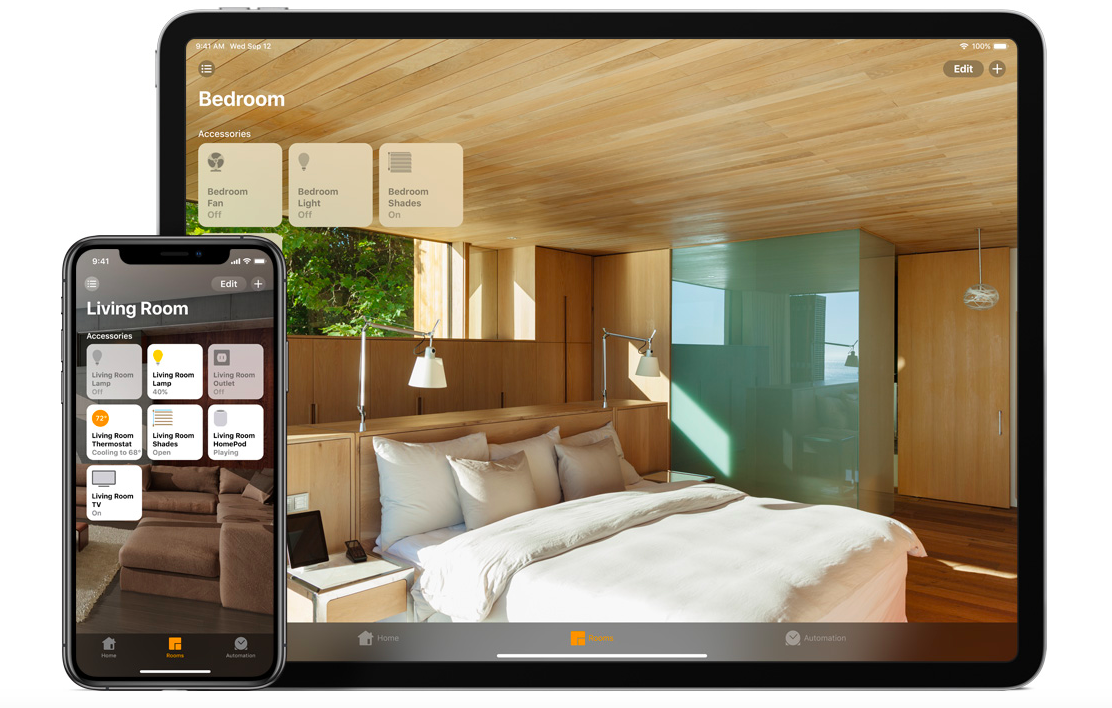
 Adam Kos
Adam Kos